Britt's Beekeeping, Part 2: Honeycomb
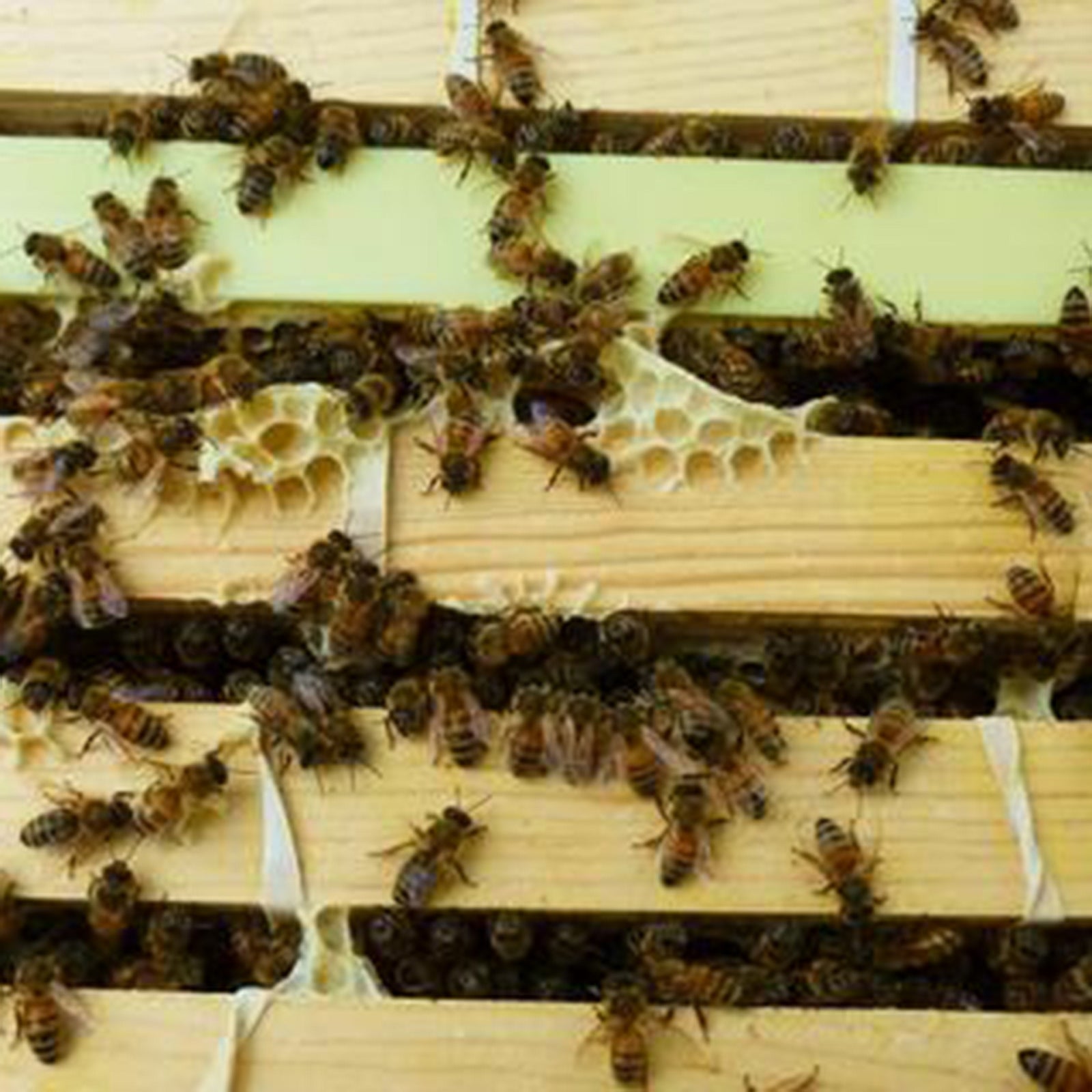
A good friend of mine recently made a trip home to Boise to visit her family and had the opportunity to learn about some local honey beekeeping efforts. She's been talking about getting a hive for her yard here in Seattle for some time, so was an eager student as she learned about many of the details of bees and beekeeping. She took incredible pictures, which she posted on Facebook, and added very informative captions for each one. I thought they were so great that I asked if I could highlight them here on Skruben as well. She said "great!", so here is Part 2 of Britt's Beekeeping...
Honeycomb:
Here's pretty new honeycomb. Two weeks ago, only the black starting plastic was there.

Here's more established comb.
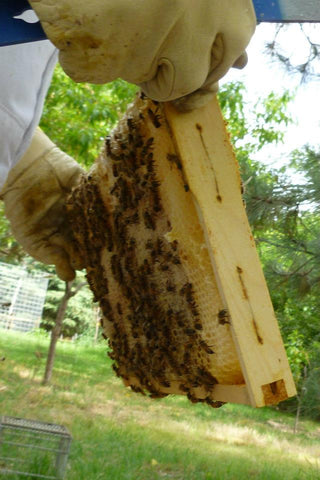
The rubber bands are holding in rescued comb from a hive in a house's walls.
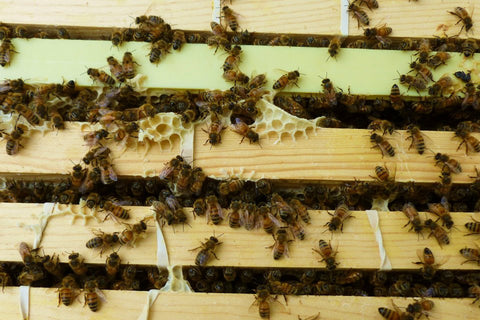
Burr comb is excess honeycomb -- not particularly useful to the hive. It makes it tougher to move the frames in and out. They're often used for drone cells, as well.
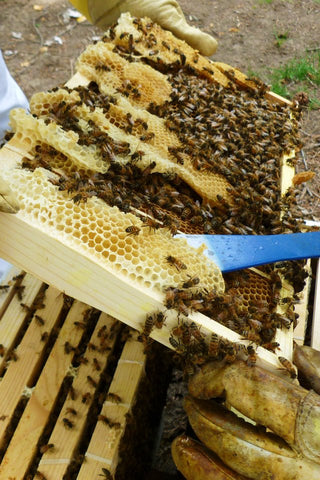
Britt with burr comb.
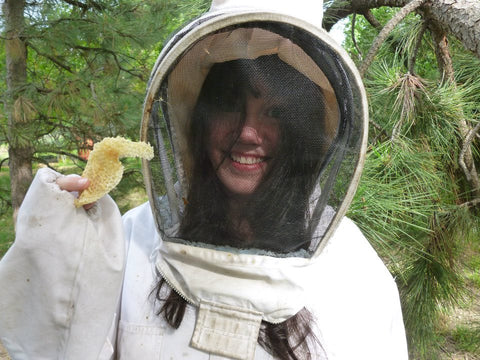
These are all honey cells. Once they're full, the bees cap them with wax. They build comb on both sides of the frame.
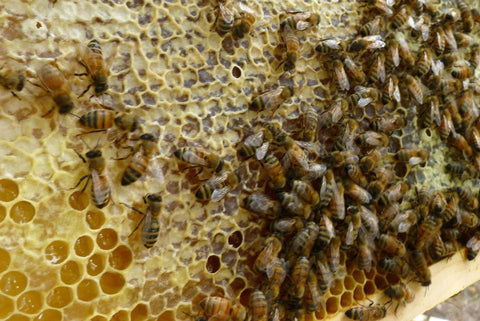
These darker cells are filled with worker bee larvae. They're nearly ready to hatch.

That more bullet-shaped cell 8:45 of center is a drone cell, I believe. They are larger and more conical. If the queen disappears, the workers can start laying drone eggs. Since the drones do nothing but mate with the queen and be fed by the workers, a hive overrun with drones is bad news.
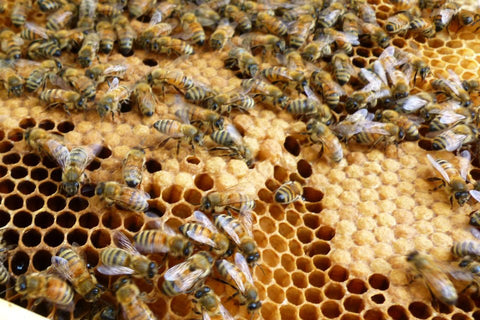
In this picture, you can see the little larvae pretty well - the half-moon wormy shrimp dudes. They're about 10 days along, I think. The eggs, which I didn't spot, float in royal jelly when they're laid.
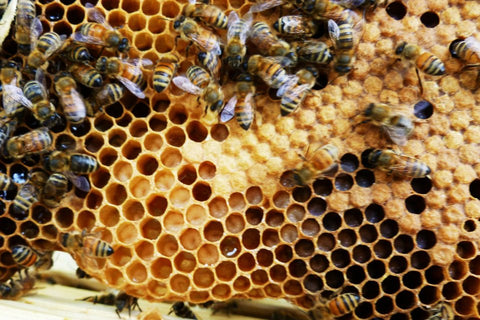
In the next installment of Britt's Beekeeping...Part 3: The Queen Bee
All photos courtesy of Britt McCombs



Leave a comment